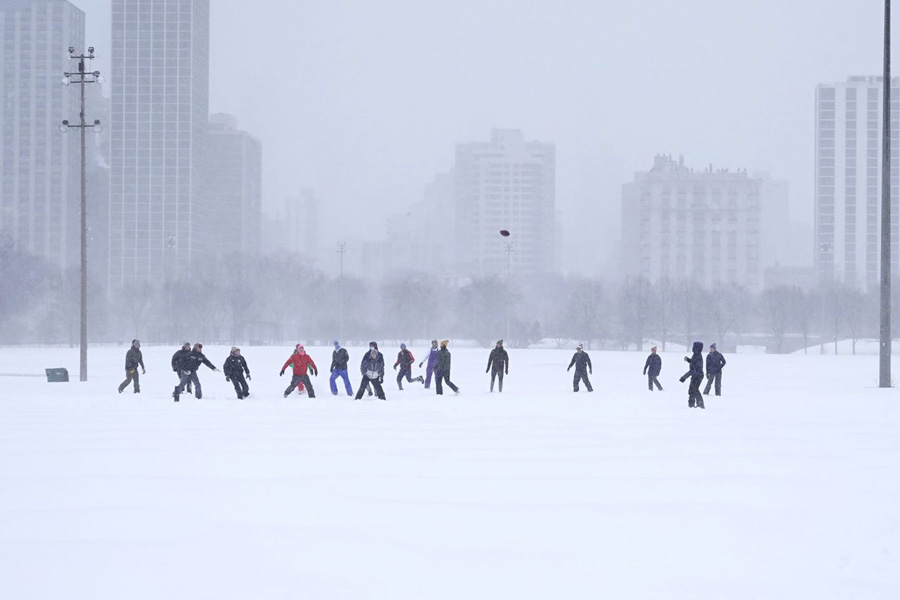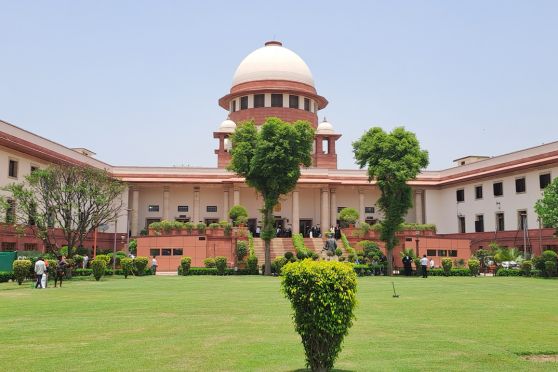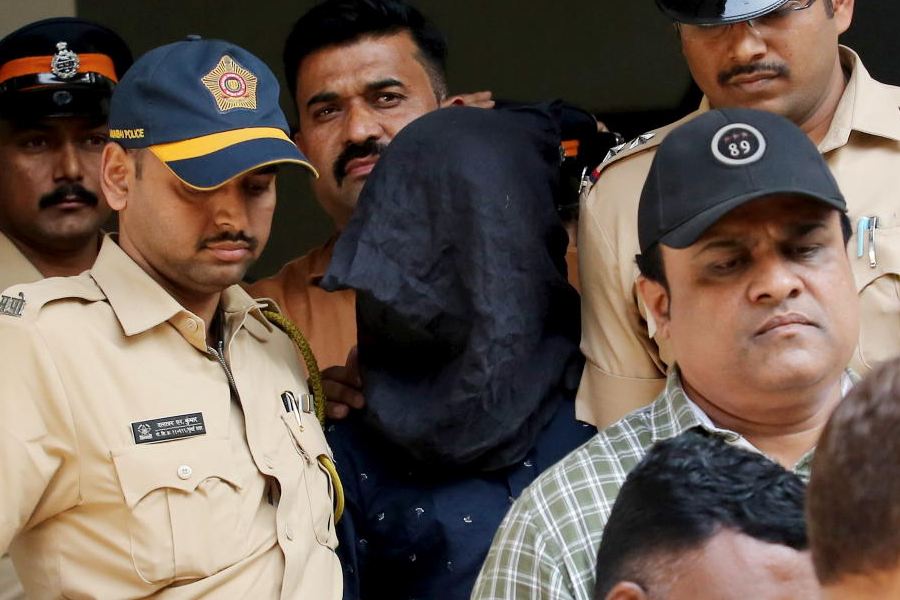Tyrone McDougald wore a long-eared, leopard-style hat as he sorted through racks of warm clothes at a homeless service center in Portland, Oregon. He was already wearing multiple layers, but with no roof of his own, he grabbed two more coats to help him face a bitter cold snap arriving in the Northwest.
“I'm hoping that I can get in a shelter,” he said. "That would relieve a lot of the burden.”
An approaching storm was expected to deliver snow to Portland, a city more accustomed to winter rain, by Saturday. It's one of a number of sprawling storms bringing everything from what the National Weather Service called “life-threatening wind chills” in South Dakota to the possibility of tornadoes in the South.
School and flights were canceled in advance in parts of the South and Midwest. Republican condidates campaigning ahead of Monday's Iowa caucuses were contending with a blizzard warning covering most of the state, and Nikki Haley's campaign canceled three Friday events and said it would be hosting “telephone town halls.”
Advocates were particularly worried about homeless people as well as older residents who might be snowed or iced in, especially in the Pacific Northwest, where the winters are typically mild.
In one hour Thursday, during the lunch service at Blanchet House, a homeless services nonprofit in Portland, about 165 warm clothing items were claimed — including the coats McDougald grabbed.
Julie Showers, the nonprofit's spokesperson, said people were desperate for dry clothes and shoes after days of cold rain.
“We worry about frostbite, hypothermia,” she said. “There are a lot of people experiencing homelessness in Portland that are in mental health crisis ... and slowly become hypothermic laying on the street because they don't understand how cold it's getting.”
McDougald said he's spent the past two years unhoused: “I'm hoping I don't have to do another whole winter out here.”
In the Chicago area, which could see more than half a foot (15 cm) of snow by Saturday, advocates also worried for the growing population of migrants sent up from the U.S.-Mexico border. Hundreds are staying in eight parked “warming buses” to avoid sleeping outside while they await space in city-run shelters.
Among them was Angelo Travieso, a Venezuelan bused up from Texas. He wore a light jacket and sandals with socks.
“I slept sitting because there is almost no space left,” he said. “The buses are also small and you practically have to stay inside because of the heating, because it is deadly cold outside.”
In Portland and Seattle, temperature highs were expected to hover around the mid to upper 20s (0 to -3.3 Celsius) and lows in the low 20s and teens (about -5 C to -7.7 C) from Friday through at least Monday.
The homelessness agency in King County, home to Seattle, activated its highest tier of severe weather operations through at least Tuesday, working with cities to open 24/7 shelters and with transit partners to provide transportation to shelters.
Seattle City Hall served as a shelter for up to 40 people Thursday night.
Multnomah County, home to Portland, provided outreach groups earlier in the week with clothing and cold weather supplies to distribute to people living outside, including wool blankets, tarps, tents and sleeping bags, said spokesperson Denis Theriault.
Cold spells in the past have been deadly for Portland's homeless population. Two people died of cold in 2022, an annual county report on homeless deaths found. That was down from eight deaths from hypothermia in 2021 — the same year four people also died of overheating during the unprecedented and devastating “heat dome” that saw temperatures soar to an all-time high of 116 F (46.7 C) in Portland and smashed heat records across the region. The heat wave killed hundreds across Oregon, Washington and British Columbia.
Portland winters do not include regular or extended periods of snow, so the city's transportation department only salts or de-ices about a third of the street grid.
Past snow and ice storms have effectively paralyzed the city, including in 2017 and in 2021, when freezing rain coated roads in dangerous ice and many ice-laden trees snapped and fell on power lines, cutting power to hundreds of thousands of people.
Last February, nearly 11 inches (28 centimeters) fell in what amounted to the second snowiest day in the city's history, taking drivers by surprise and stranding them on freeways for hours.
Norman Chusid, owner of the Ankeny Hardware in southeast Portland, said he had to keep his store open two hours past closing on Wednesday to serve all the customers. The store has been selling 3 to 5 tons of ice melt every day, he said.
“Snow shovels have been going like crazy,” he said.
At higher elevations, heavy snow, high winds and white-out conditions were expected to envelop the Cascade Mountains and make travel “very difficult to impossible,” the weather service said. Fresh snow, measured in multiple feet in certain areas, already blanketed the Cascades earlier in the week.
An avalanche at a ski resort near Lake Tahoe in California on Wednesday swept up four people, killing one.
Outside a tent in Seattle's International District on Thursday, David Dodds said he had lots of experience in the cold: He'd been homeless in Alaska.
“During the cold snaps, maybe that'd be time to make a new friend or two," he said. "Two warm bodies under the same blanket will go a long ways. ... This cold, when temperature drops, it's no joke, and you can wind up dead.”











